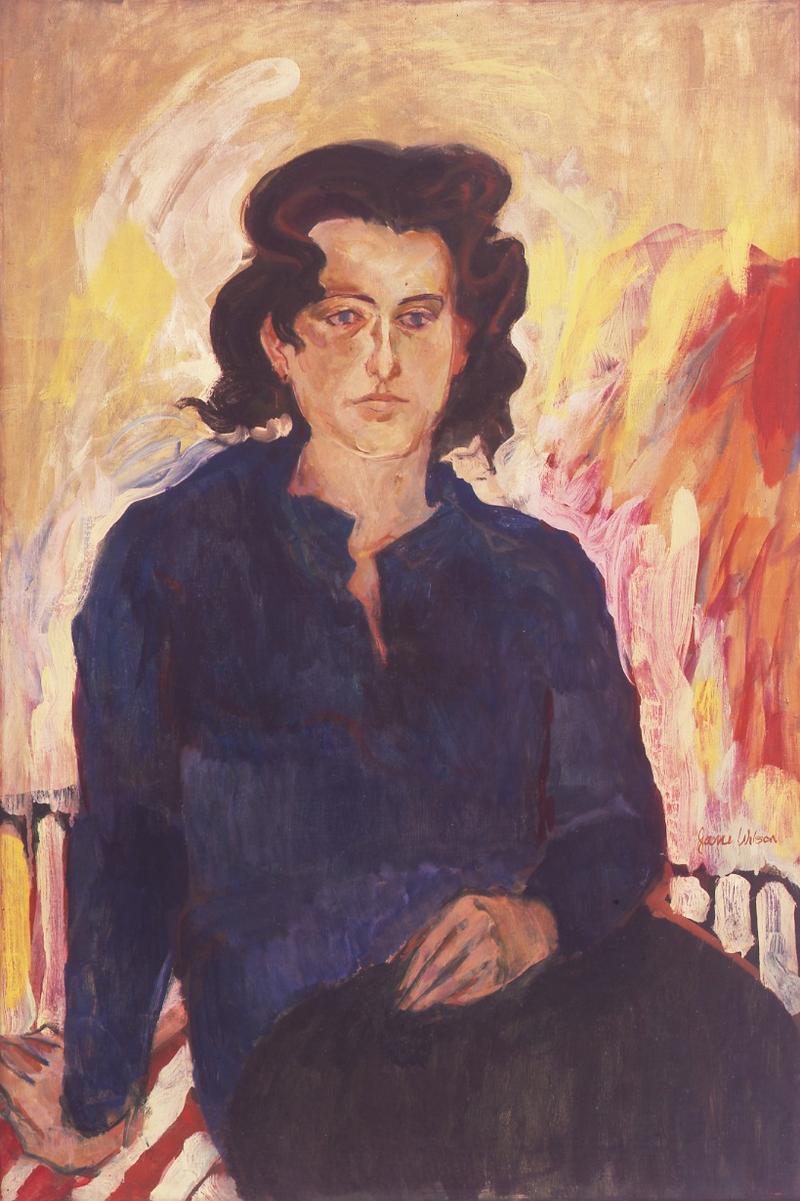
Can we ever go back to Tenth Street? Probably not. I refer not to a specific place but to a vanished era in New York’s cultural history, a romantic time when the art scene was still centered in Greenwich Village. This was in the mid-1950s, when rent was cheap and the concept of the art market had nothing to do with American art. The main art galleries, up on Fifty-seventh Street, favored pedigreed French landscapes and portraits. Desperate to show their work, New York artists began opening galleries in nothing-special spaces along Tenth Street, between Third and Fourth Avenues. The Tanager Gallery was across the street from the Brata; the Hansa was around the corner.
Now we have an exhibition about exhibitions. “Inventing Downtown: Artist-Run Galleries in New York City, 1952-1965,” at NYU’s Grey Art Gallery, offers a piquant and all-important chronicle of the years before the art world became its current investment-crazed self. Curated by Melissa Rachleff, the show is an energetic and even exuberant mix of 200 works by nearly as many artists who belonged to some 14 galleries, all but one of which were located downtown. You can go through the show seeing it as a history of a defunct gallery scene; or you can see it instead an as alternative history of the painting and sculpture of the ‘50s and early ‘60s. Either way it will broaden your understanding of an era that tends to be packaged by our major museums as the story of Jackson Pollock & Company.
To be sure, Abstract Expressionism dominates here, much as it does in the official version of post-war art. The show is nothing if not inordinately smeary. Walking through the first few rooms, you’re transported to the era when brushstrokes were regarded as sacrosanct – or rather, as a token of an artist’s most authentic self. Sculpture, in the meantime, was tipping towards the found object and everyday detritus: assemblage and collage proliferated.
Some of the artists in the current show, such as Alex Katz, Louise Nevelson and James Rosenquist, went on to have large, influential careers. But others were not so fortunate. Their reputations peaked in the ‘50s and, after that, they seemed to disappear. Many of them were women artists who perhaps fell prey to an unfair system. Sari Dienes, for instance, made beautiful and original drawings from rubbings of sewer grids and manhole covers; they infuse the pristine forms of abstraction with a sooty urbanity. Jean Follett is also among the standouts in the show. It is rewarding to see her assemblages, in which light switches and metal nails and other hardware-store purchases are arranged into poetic tableaux. Jane Wilson contributes an evocative portrait of the painter Jane Freilicher.
The exhibition is spread out over two floors, and the basement is reserved for a handful of artists who exhibited at Richard Bellamy’s fabled Green Gallery – the only gallery in the show that was never downtown. It opened on Fifty-seventh Street. It received a jolt of attention last year with the publication “Eye of the Sixties,” an engrossing biography of Bellamy by Judith Stein. Clearly, we are seeing a new interest in excavating the history of New York’s historic galleries. This is a welcome development, and the catalogue for the current exhibition, published by Delmonico Books/Prestel, is first-rate. To read it is to be reminded of all that galleries have contributed to the culture of New York – and of all they stand to lose with the rise of the icky global phenomenon of art fairs.

